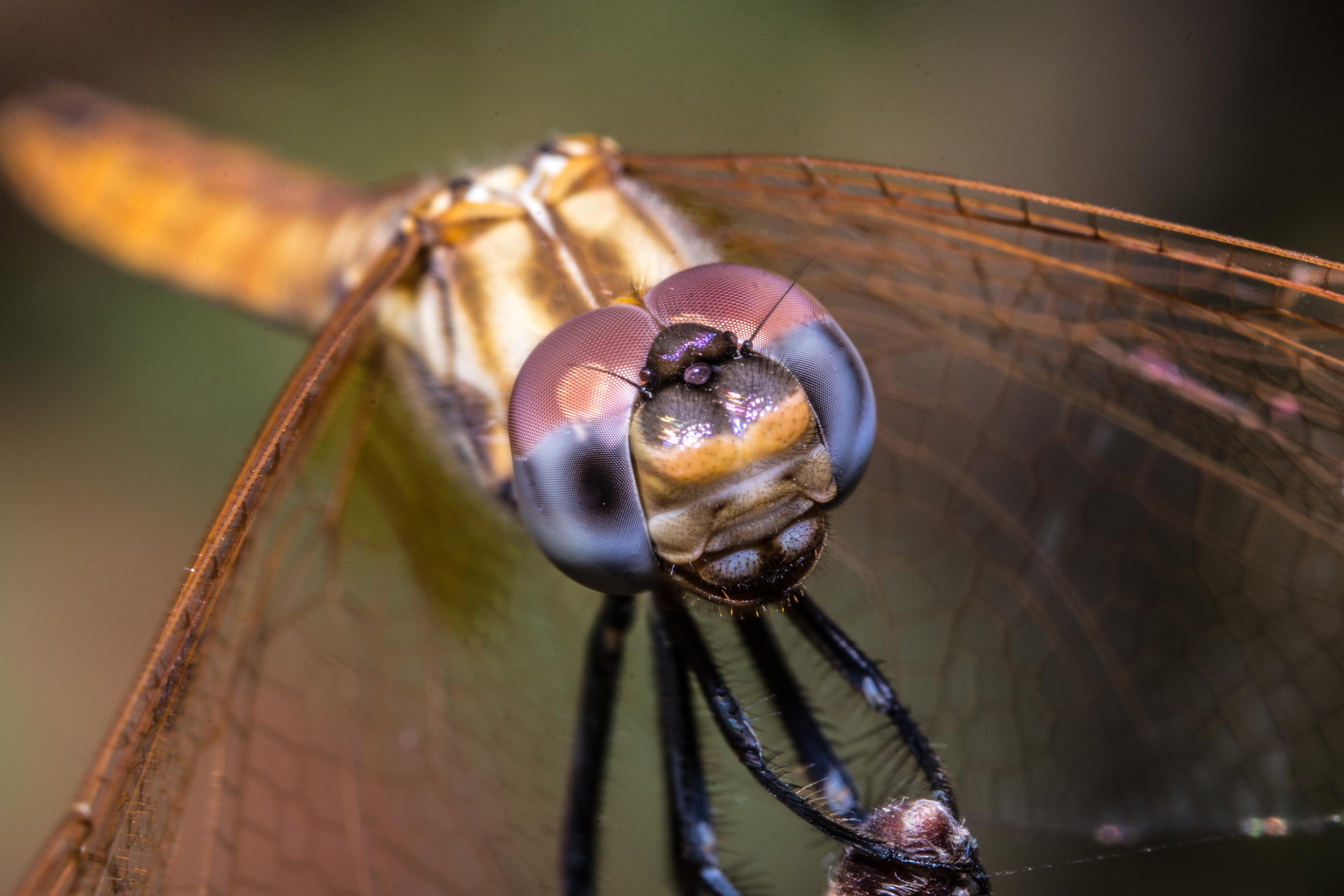10 Animals With the Most Unique Eyes in the Animal Kingdom
The eyes, it is often said, are the windows to the soul. This sentiment holds especially true in the animal kingdom, where the diversity and complexity of eyes reflect an astonishing array of evolutionary adaptations. From the expansive savannahs of Africa to the dense jungles of South America, the animal kingdom is a tapestry of life, woven together by the intricate threads of survival and adaptation. In this exploration, we delve into the enchanting eyes of some of the most unique creatures on Earth, each offering a glimpse into the wonders of the wild. These eyes not only serve as vital tools for survival but also as windows into the fascinating lives of these creatures, revealing secrets of their habitats and behaviors. As we embark on this journey, we will traverse various terrains and ecosystems, meeting creatures with eyes that have evolved in extraordinary ways. From the compound eyes of insects to the binocular vision of predators, each eye tells a story of adaptation and evolution. The ability to perceive the world in different spectrums, detect movement, and even communicate through visual signals highlights the crucial role eyes play in the animal kingdom. This exploration will not only enhance our appreciation for these remarkable biological structures but also deepen our understanding of the interconnectedness of life on Earth.
1. The Dragonfly: A Mosaic of Vision

Insects, among the most numerous and diverse creatures on the planet, possess a unique type of eye known as the compound eye. Unlike the singular lens found in human eyes, compound eyes comprise thousands of tiny lenses called ommatidia. Each ommatidium captures a portion of the insect's field of view, creating a mosaic-like image that allows these creatures to detect movement with incredible precision. This adaptation is crucial for survival, enabling insects to evade predators and navigate complex environments with ease. The compound eyes of insects vary significantly in structure and function, reflecting the diverse ecological niches they occupy. For instance, the dragonfly, an agile aerial predator, boasts some of the most sophisticated compound eyes in the insect world. With nearly 30,000 ommatidia per eye, dragonflies have a near 360-degree field of vision, allowing them to track prey with remarkable accuracy. Similarly, the mantis shrimp, a marine crustacean, possesses compound eyes capable of perceiving polarized light and a spectrum of colors far beyond human capabilities. These adaptations not only illustrate the intricate design of compound eyes but also highlight the evolutionary pressures that have shaped them.